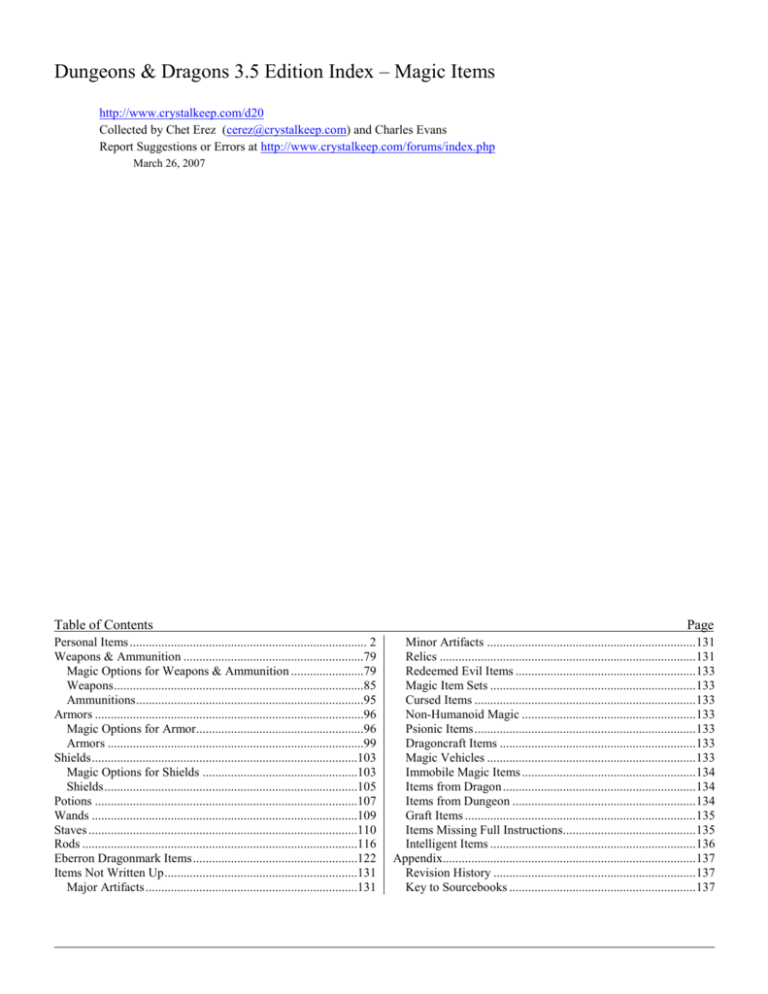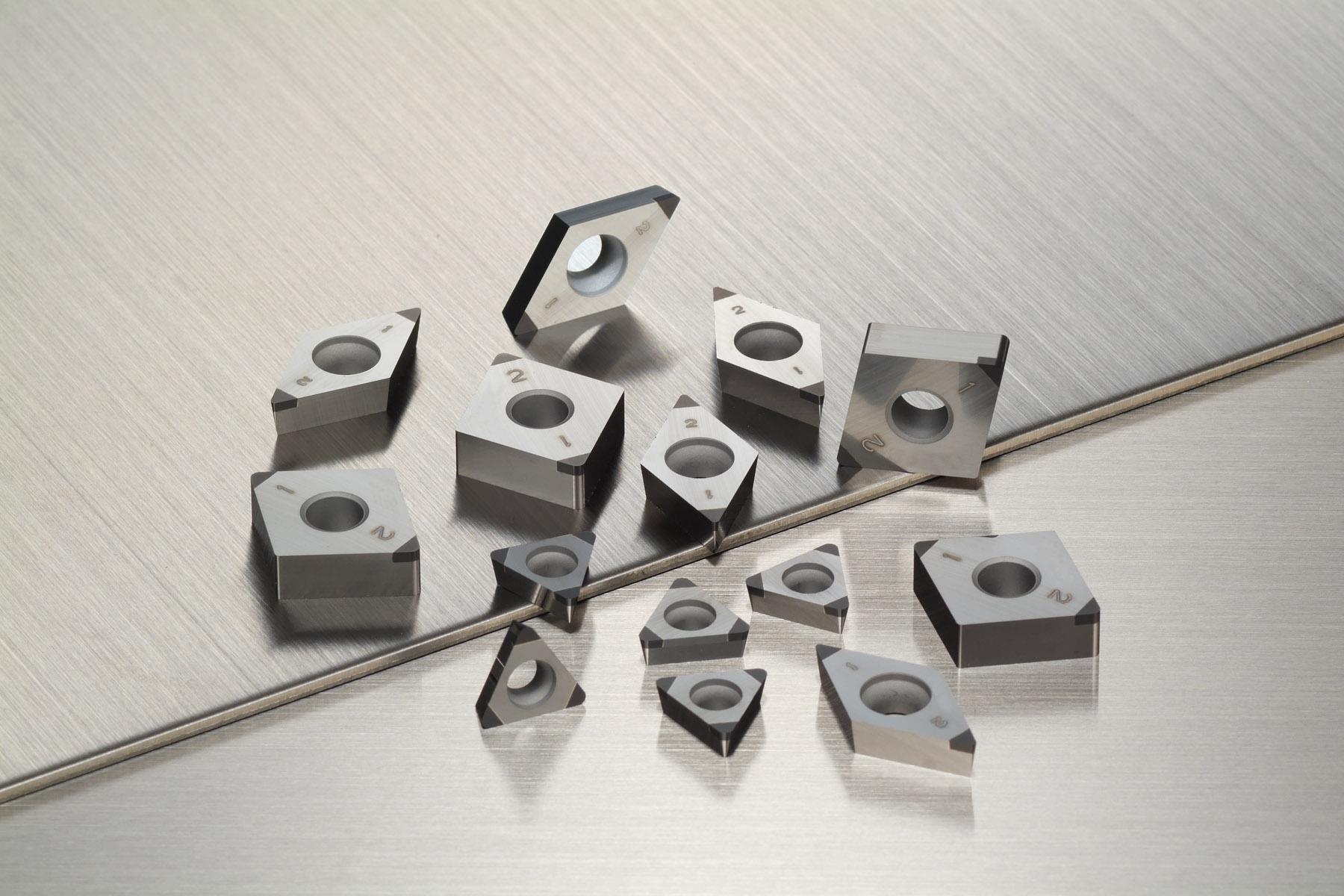
#Dmg 5e pg 133 how to
Since rewarding XP for social interaction or exploration isn’t something explored in the core rules of D&D, there are a lot of interpretations of how to go about it. I’m pointing all of this out to make a point, right? Combat is just part of what being an adventurer is! The DMG goes on to specify six types of activities different players enjoy in the Know Your Players section on page 6. The three pillars of adventure, as described on pg 8 of the PHB, are exploration, social interaction, and combat. While the final decision with XP lands on the DM, it’s important for players to discuss their wishes with a DM in a session zero. The table also shows us the proficiency bonus advancement, which is consistent for each class.īefore we get into milestone progression, let’s talk about other ways to gain XP. Simply put, once we’ve advanced to 2nd level, we only need 600 more XP to move on to 3rd level for a total of 900 XP. In RAW, these amounts of XP to gain a level are absolute, rather than accumulated. The character advancement table shows us how much XP we need to advance to each level. In order to advance to 2nd level, we need 300 XP. When we accumulate a certain amount of XP our level increases. This XP is typically split among the players sitting at the table. Each monster has a different challenge rating, which equals a certain amount of experience that the players gain.Ī goblin, for example, has a challenge rating of ¼, so the characters will gain 50 XP (experience points). In RAW (Rules as Written), experience is typically gained through combat. Additionally, many published adventures will provide a milestone-based progression system to utilize. While the Basic Rules talk about experience-based progression, there are different ways to gain experience.

It largely depends on how our DM runs our campaign, and what kind of campaign we are playing in. There are actually a few ways that our level increases in 5e.

Hit Die / Hit Points – Each time you gain a level, you gain a new hit die which is used to increase your overall hit points.


 0 kommentar(er)
0 kommentar(er)
